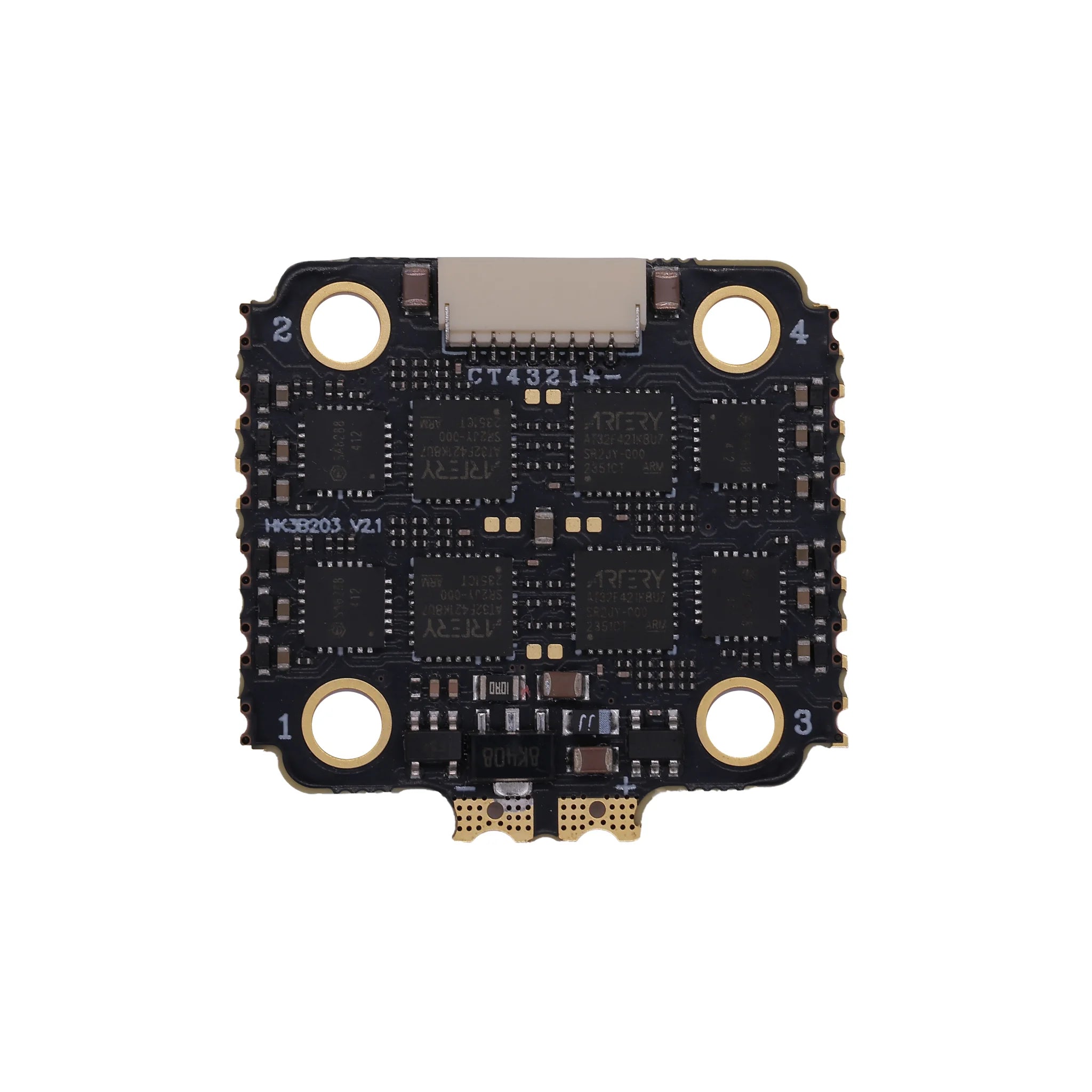How to Choose FPV Propeller Pitch? Gemfan Hobby 51466 Unboxing and Practical Guide
Hey, fellow FPV drone enthusiasts! Welcome to our FPV website blog series. Today, we're diving into a topic that puzzles many pilots: How to select FPV propeller pitch. Our star today is the Gemfan Hobby 51466 propeller—a popular 5-inch tri-blade option. We'll not only unbox this gem but also break down pitch basics to help you pick the right props and level up your flying experience. Ready? Let's spin into it!
Unboxing Gemfan Hobby 51466: Specs and First Impressions
First off, a quick unboxing! The Gemfan Hobby 51466 (V2 version) is a staple 5-inch tri-blade prop, packaged simply and eco-friendly, usually in sets of 4 or more. Pop it open, and you'll find these props made from durable polycarbonate, with a smooth finish, sharp edges, and vibrant color options (we stock clear, black, fluorescent, and more in our shop). They're lightweight—around 4-5 grams each—perfect for 5-6 inch frame FPV drones.

But hold on before you mount them! Let's tackle a fun quiz: What's the actual pitch of the Gemfan Hobby 51466 propeller?
If you're new to FPV, you might think: "51466 means 5.1 diameter, 4.66 pitch, right?" After all, prop naming convention is "diameter x pitch x blades." Some veterans might say, "4.66 is just marketing; it's not really that."
Bingo—the latter is spot on! As Gemfan Hobby's authorized dealer, we've checked their official website: The 51466 V2's actual pitch is 3.6 inches. Yep, only 3.6 inches, not the 4.66 suggested by the name. This isn't a trick; there's a clever reason behind it.

Why Name It 51466 Instead of 5136? Gemfan Hobby's Naming Secret
You might wonder: Why not just call it 5136? The answer lies in Gemfan Hobby's diverse lineup. They offer multiple props with a 3.6-inch pitch, but each has unique blade shapes—some wider and more curved, others slimmer for better efficiency. To differentiate this specific design, they used "466" as a unique identifier. Think of it like a product code: Searching "Gemfan 5136" pulls up variants for freestyle, racing, etc. The 51466 stands out in the crowd.


Key specs at a glance:
- Diameter: 5.1 inches
- Pitch: 3.6 inches (official measurement)
- Blades: 3
- Center Hole: 5mm (fits most motors)
- Recommended KV: Pairs well with 2200-2700KV motors; combine with our STACK or AIO kits for killer thrust.
Post-unboxing, my first thought: These feel premium! Mounted on a drone, they're super balanced with minimal vibration. In flight tests, they shine in freestyle—smooth turns and responsive handling. If you're after a budget-friendly 5-inch prop, the Gemfan Hobby 51466 is a winner. We've got plenty in stock—grab yours now!
FPV Propeller Pitch Basics: From Fundamentals to Advanced Selection
Unboxing done—now the meaty part: How to choose FPV propeller pitch? Pitch is one of the most debated specs in FPV, but we'll make it fun and straightforward.
What Is Pitch? A Simple Breakdown
Pitch is essentially how far the propeller "advances" in one full rotation, measured in inches. Picture this: Your drone's motor spins at a constant RPM, all else equal (voltage, motor KV):
- Higher Pitch: Greater forward distance, translating to faster speeds and more thrust. Ideal for high-speed dashes.
- Lower Pitch: Shorter advance, making the drone more maneuverable at slower speeds.
Why does it matter? Pitch affects how the prop bites into the air. High pitch is like a high gear for speed; low pitch is low gear for control. But bigger isn't always better—too much pitch overloads your motor, spiking amps, draining batteries faster, and risking overheating. We've seen mismatched props stress ESCs in our shop tests.
Picking Pitch Based on Your Flying Style: Gemfan Hobby Recommendations
When selecting pitch, ask: Am I a speed demon or a precision artist?
- High-Speed Flying: Go big! Gemfan Hobby's 51466 (effective 3.6-inch pitch) or 4937 (3.7 inches) are spot-on. These deliver punchy thrust for racing or long-range cruising. Our unboxing flights hit over 100km/h on 6S setups.
- Precise, Low-Speed Flying: Opt for smaller! Try Gemfan Hobby's 4934 (3.4 inches) or 51433 (3.3 inches). They're nimble for intricate freestyle or cinematic shots, feeling buttery smooth without overshooting.
Factor in your setup: High-KV motors (2500+) pair with low pitch for balance; low-KV needs higher pitch for pep. Our FPV site has compatibility charts covering ESCs, STACKs, AIOs, and FLY TOWERS to avoid mismatches.
Feel the Pitch Difference: A Hands-On Experiment
To truly grasp pitch, try this: Grab a pack of Gemfan Hobby 4934 (low pitch) and 51499 (high pitch, around 4.9 inches). Fly them back-to-back—you'll notice the contrast immediately!
- 4934: Drone hugs the ground, turns delicately like a dance.
- 51499: Explosive acceleration, rocket-like straights for thrills.

Wrapping Up: Pick the Right Pitch for Endless Flying Fun
Choosing FPV propeller pitch is all about balancing speed and finesse. The Gemfan Hobby 51466, with its real 3.6-inch pitch, nails versatility for freestyle and racing alike. If you're undecided, swing by our site—we carry the full Gemfan lineup, plus ESCs, STACKs, AIOs, and Fly Towers, with expert support on tap.
Pilots, what's your go-to pitch? Drop your flying stories in the comments! Subscribe for more—next up, motor KV and prop pairings. Safe skies and happy FPV-ing! At NZFPV, as your trusted Gemfan Hobby dealer, we're passionate about bringing you the best FPV gear to fuel your adventures.





